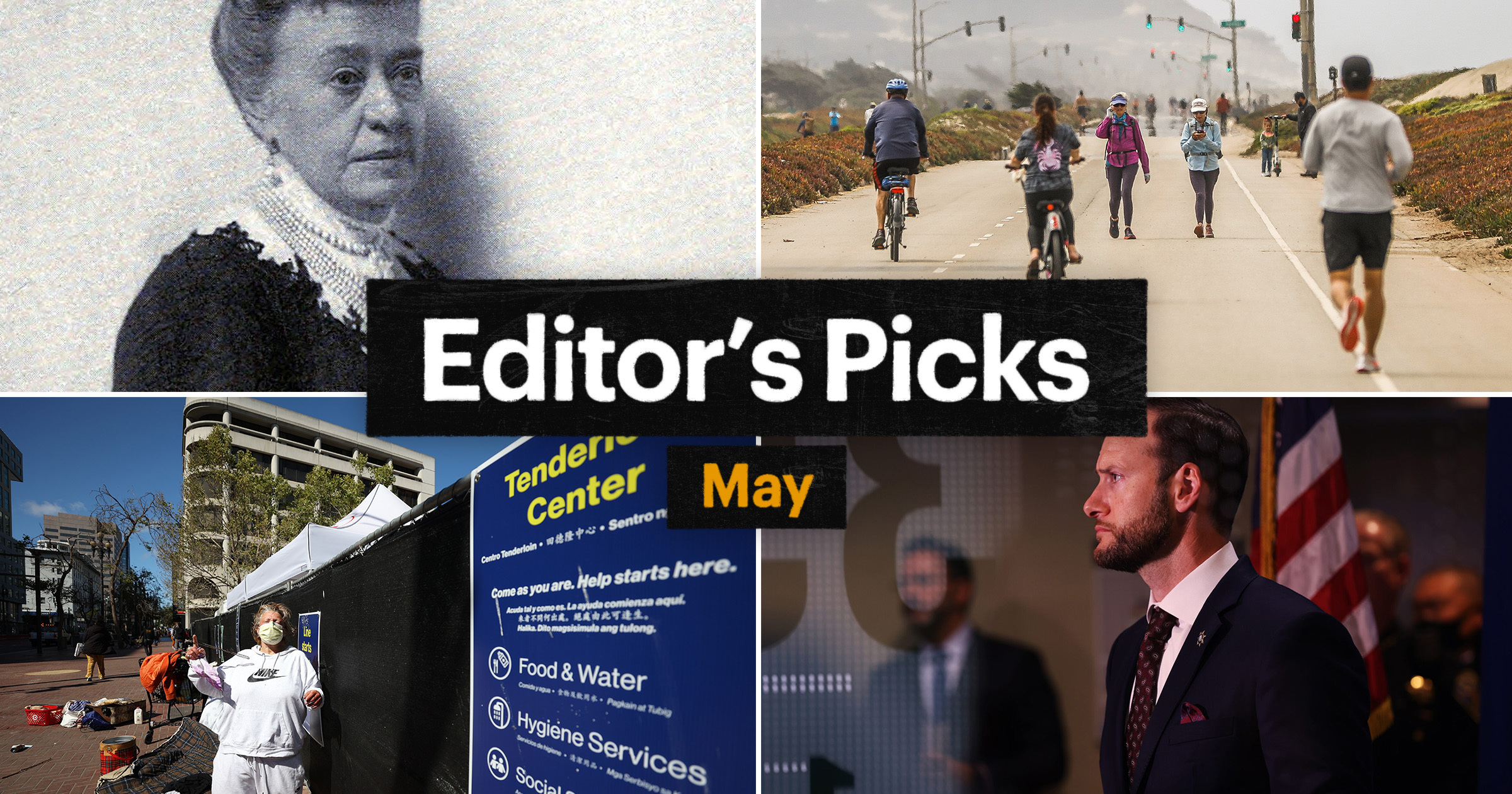Our biggest project here at The Standard in May was our first-ever poll, which provides all kinds of insights on the mood of residents in our fair city. TL;DR: It’s not great, and voters appear poised to take out their discontent on District Attorney Chesa Boudin. We also wrote about the DA’s controversial approach to drug cases, which drew a lot of attention and a furious response from Boudin’s supporters. But it wasn’t all grim political warfare. Even leaving aside the Golden State Warriors and their fans, we had some fun with a wave organ, a true crime book and a new feature called “Know Your Neighbors.” Here are our top picks:
